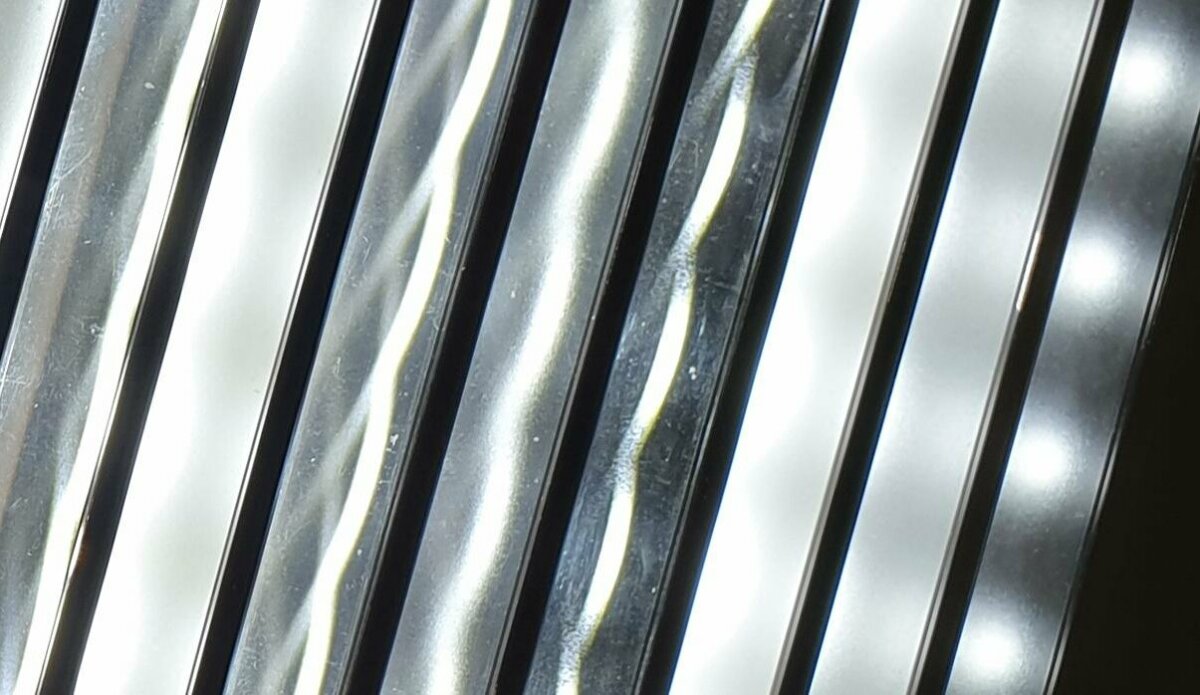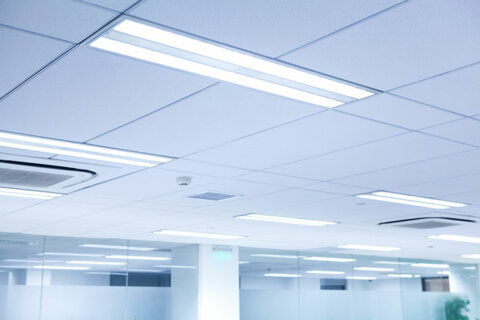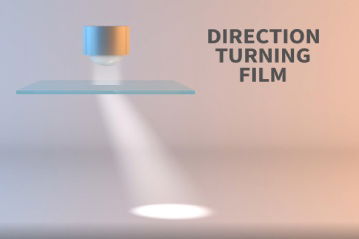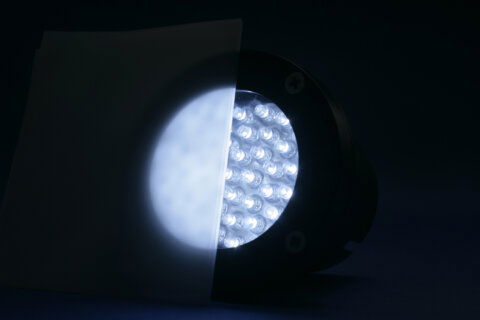Light shaping diffuser foils and LSDs
Light shaping diffusers with a transmission efficiency of 85 % to 92 %
These light shaping solutions offer you unparalleled performance, allowing you to bend, shape, and enhance light beams.
Our range of diffuser sheets and films “clean up” and shape light beams, with 85% to 92% transmission efficiency. These shape light energy with holographic patterns embedded on polycarbonate film or rigid sheets, creating a pseudo-random surface that can manipulate light by changing the direction of its energy.
We also offer a range of volumetric light shaping diffusers which incorporates technology that offers high optical efficiency and excellent hiding power with prices as low as thin film. Volumetric light shaping diffusers can be produced with a wide range of diffusion angles, offering optical efficiency at 60-80% lower cost than standard rigid light shaping diffusers and are easily thermoformed.



